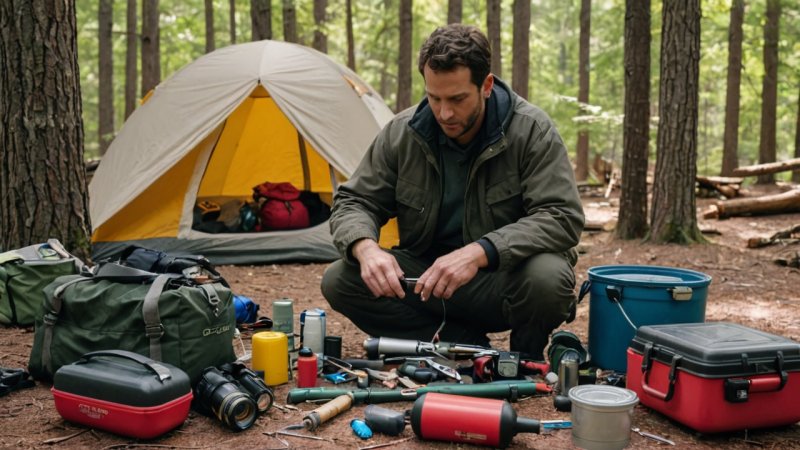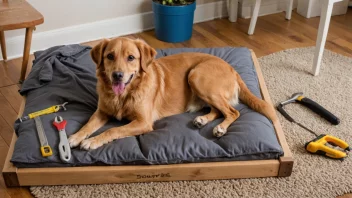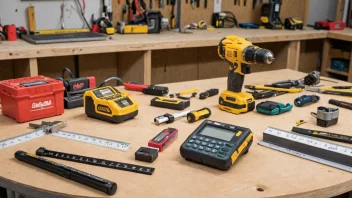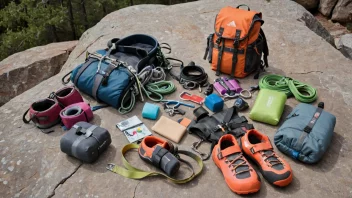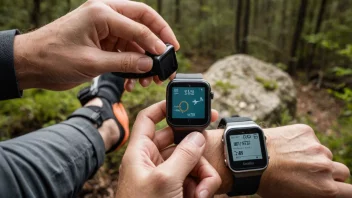Outdoor adventures can sometimes lead to unexpected mishaps with your gear, whether it's a torn tent, a broken zipper, or a malfunctioning stove. Instead of rushing to replace these items, mastering some basic DIY repairs will not only save you money but also enhance your outdoor experience by making you more self-sufficient. In this guide, we’ll explore essential techniques and tips for fixing common outdoor gear issues, so you can keep your equipment in top shape and focus on what really matters—enjoying the great outdoors.
Patch Up Your Tent
Tent damage is one of the most common issues faced by outdoor enthusiasts. Whether it’s due to a sharp rock or a wayward branch, tears can happen. Here’s how to effectively patch your tent:
- Identify the Damage: Inspect the tent thoroughly to locate all tears or holes.
- Gather Your Materials: You’ll need a tent repair kit, which typically includes adhesive patches, seam tape, and a clean cloth.
- Prepare the Area: Clean the area around the tear with a cloth to ensure proper adhesion.
- Apply the Patch: Cut a patch slightly larger than the tear, apply adhesive, and press it firmly onto the damaged area. Allow it to dry as per the kit instructions.
Fixing Broken Zippers
A broken zipper can be a real hassle, especially on jackets and tents. Here’s how to tackle zipper repairs:
- Assess the Problem: Determine if the zipper is stuck, off track, or the pull tab is broken.
- Stuck Zippers: Apply a lubricant like beeswax or a silicone spray to help loosen it.
- Off-Track Zippers: Gently pull the zipper back onto its track. Sometimes, a pair of pliers can help reshape the slider.
- Broken Pull Tab: If you’ve lost the pull tab, a paperclip or a small piece of string can serve as a temporary replacement until you can fix it properly.
Repairing Hiking Boots
Hiking boots endure a lot of wear and tear. If you find yourself with a cracked sole or a tear in the fabric, here’s what to do:
- Clean the Area: Remove dirt and debris from the damaged area with a brush.
- Use Shoe Glue: For cracked soles, apply a strong adhesive specifically designed for shoes to seal the cracks.
- Patch Any Holes: For fabric tears, a patch kit or duct tape can be used to cover holes. Make sure the patch is securely adhered.
- Waterproofing: After repairs, treat your boots with a waterproofing spray to restore their protective qualities.
Camping Stove Repairs
If your camping stove isn’t functioning correctly, it can put a damper on your outdoor cooking. Here’s how to troubleshoot common problems:
- Check Fuel Supply: Ensure you have enough fuel and that the canister is properly connected.
- Inspect for Blockages: Clean any clogs in the burner or fuel line using a soft brush or compressed air.
- Fixing Leaks: If you detect a gas leak, apply soapy water to the connections and look for bubbles. If found, replace the faulty parts immediately.
- Rebuild the Ignition: If the igniter fails, you may need to replace it entirely, which often involves unscrewing a few components.
General Gear Maintenance Tips
Preventive maintenance can save you time and effort in the long run. Here are some tips to keep your gear in optimal condition:
- Regular Cleaning: After each trip, clean your gear thoroughly to prevent wear and tear.
- Store Properly: Store gear in a cool, dry place to avoid moisture damage and rust.
- Inspect Regularly: Before each trip, check your gear for any signs of damage or wear.
- Invest in Quality: When purchasing new gear, opt for reputable brands that offer warranties and good customer service.
By mastering these basic outdoor gear repair skills, you can effectively extend the lifespan of your equipment and enhance your outdoor experience. Remember that every repair is an opportunity to learn and grow your skill set, so the next time you face a gear mishap, you’ll be ready to tackle it with confidence.
